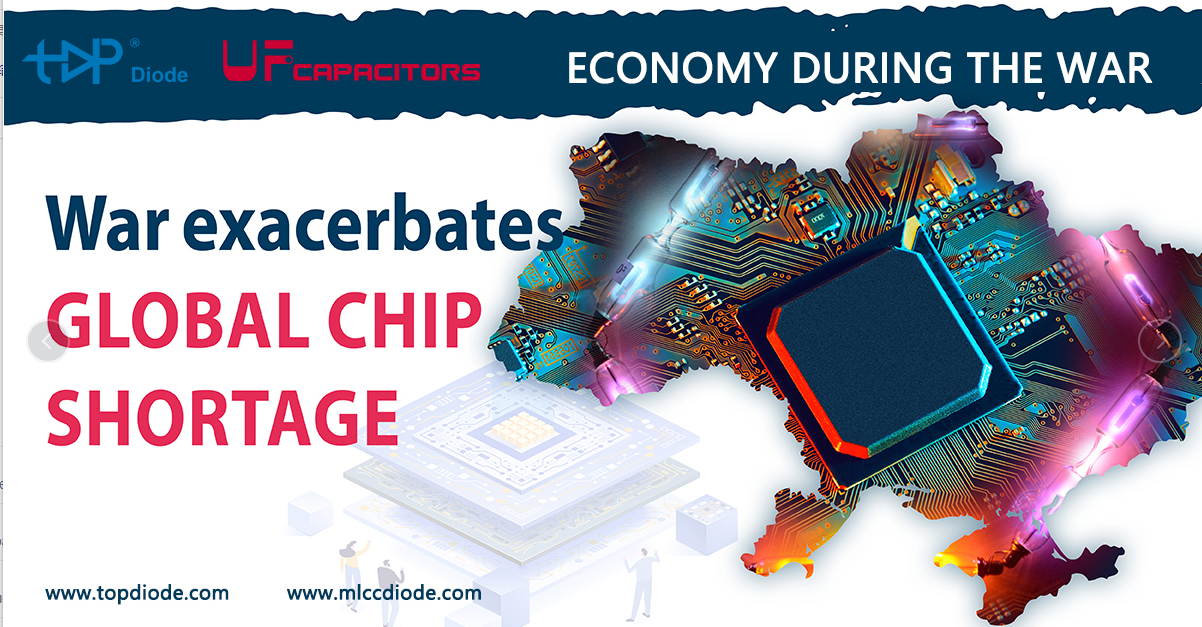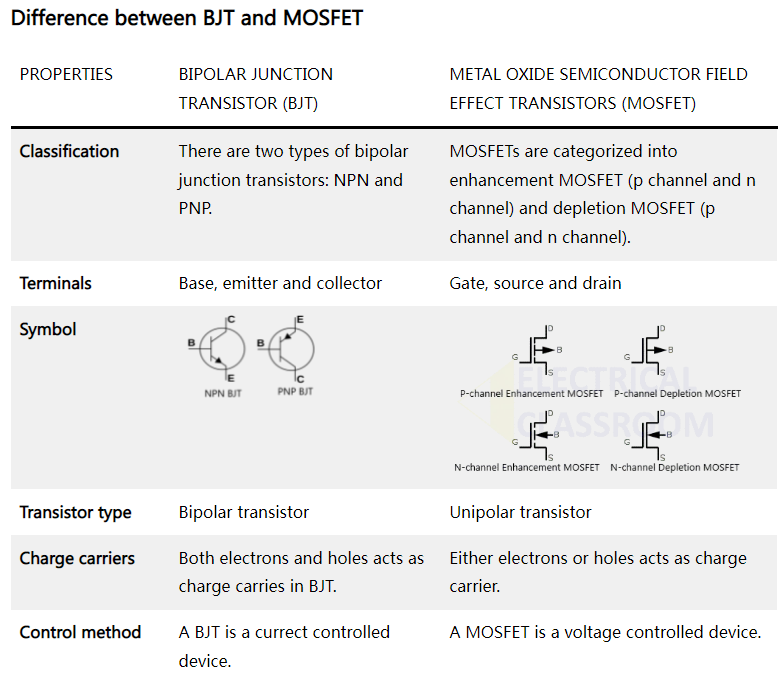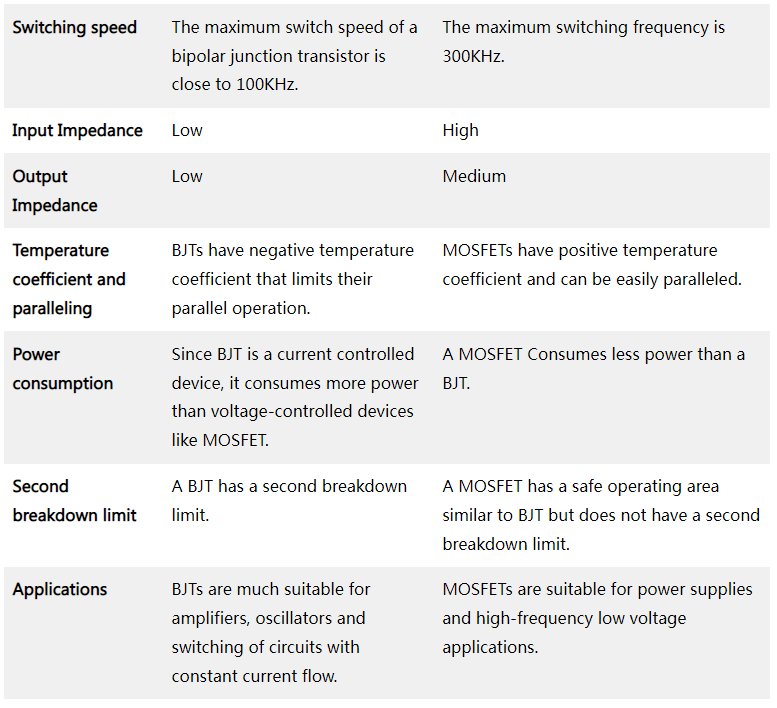According to reports, the growth rate of the chip industry in mainland China has now exceeded that of any country and region in the world. Per the latest released information, in the past year, 19 of the 20 fastest-growing chip companies came from China.
(Global TMT, June 21, 2022) China's chip industry is growing faster than anywhere else in the world, according to data compiled by Bloomberg.In the past four quarters, 19 of the world's 20 fastest-growing chip industry companies were from mainland China. That compares with just eight in the same period last year. From a growth rate perspective, these Chinese suppliers of design software, processors and equipment that are critical to chip manufacturing are several times larger than large semiconductor companies such as TSMC or ASML.
Phelix Lee, an analyst at consulting firm Morningstar, said, "The biggest potential trend is that mainland China seeks self-sufficiency in supply chains driven by epidemic control. In 2021, mainland China imported chipsets worth up to $410 billion. Chip equipment makers from overseas suppliers rose 58% last year as mainland China continued to expand capacity, which in turn boosted local business. "There is no doubt that Chinese chipmakers can achieve revenue growth in the coming years through automotive, consumer electronics and other sectors," said Phelix Lee.
Total chip manufacturing sales in mainland China, including manufacturing and design firms, jumped 18% in 2021 to a record high of more than 1 trillion yuan ($150 billion), according to the China Semiconductor Industry Association. No wonder now many customers say the future of electronic components will be in China.








